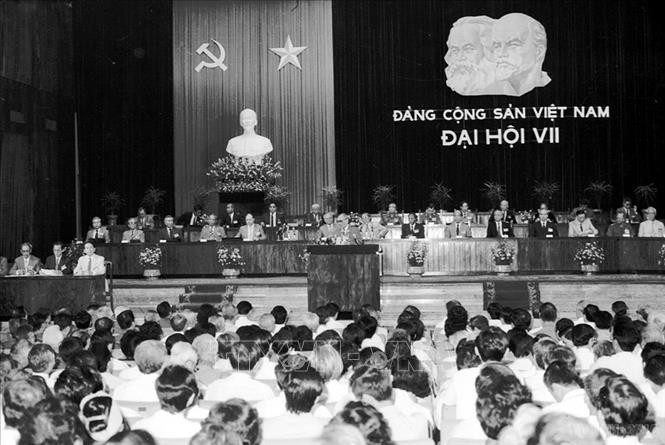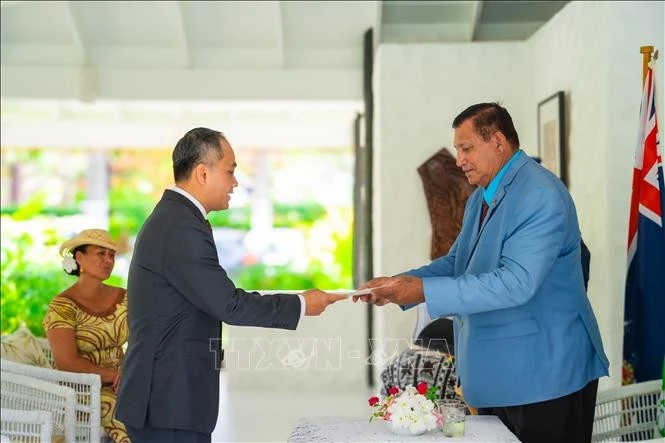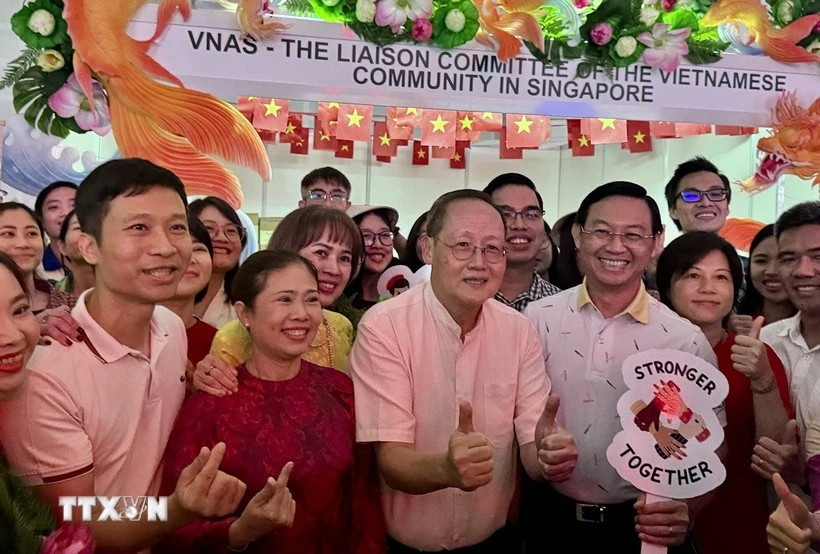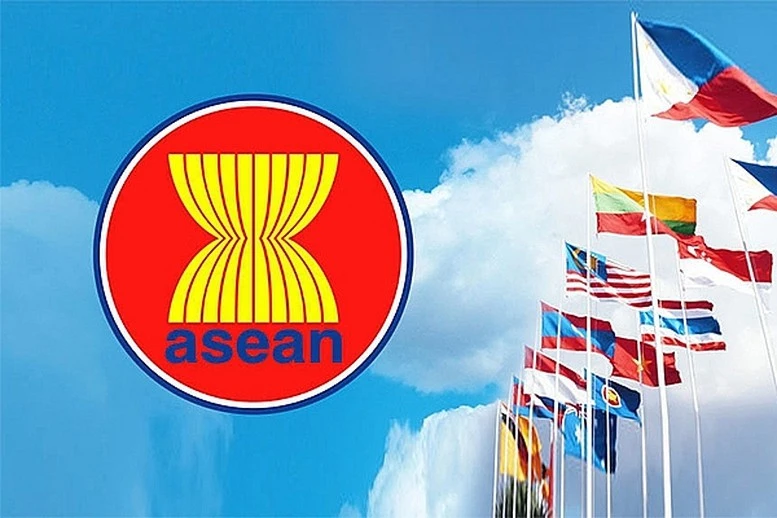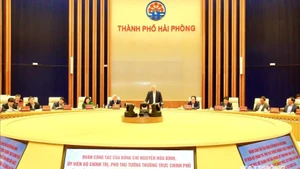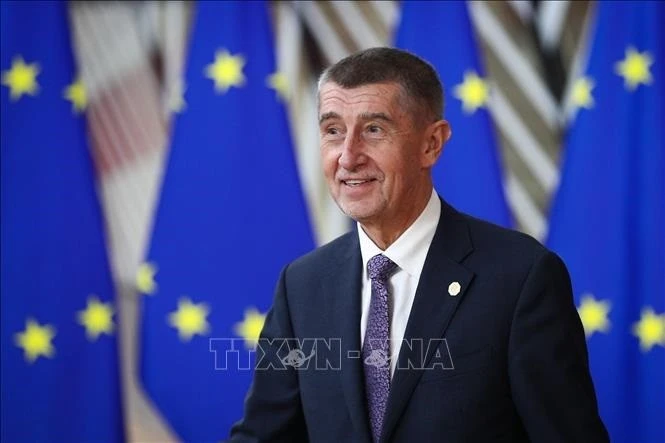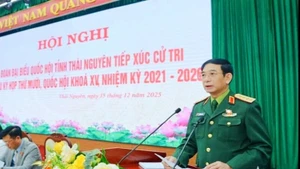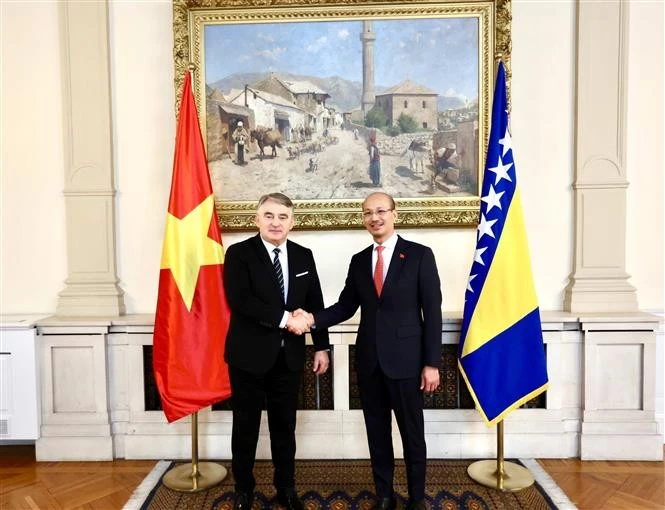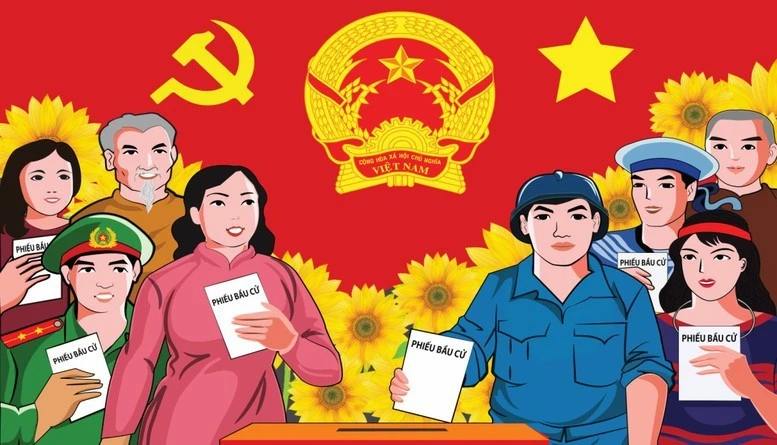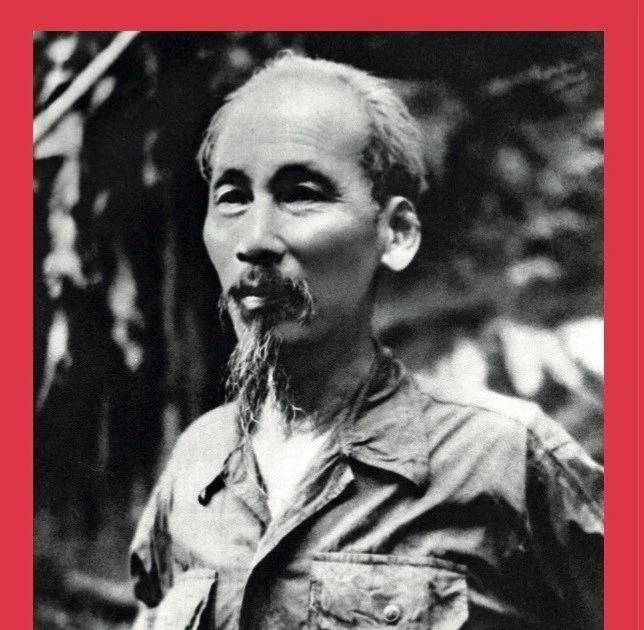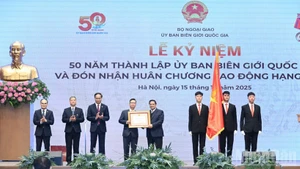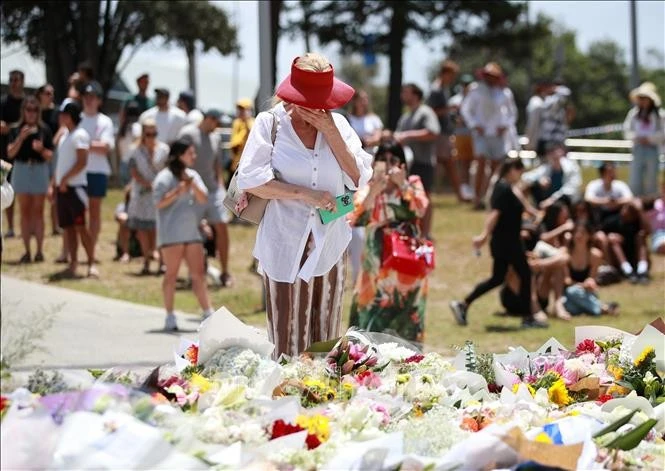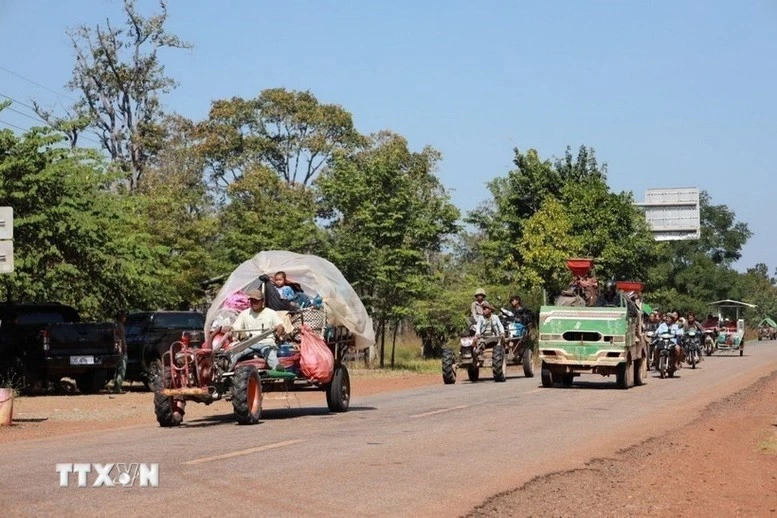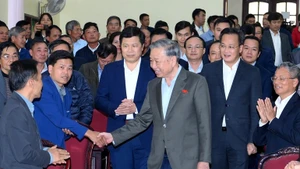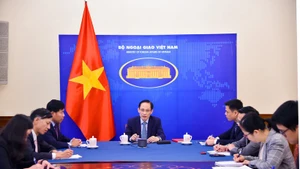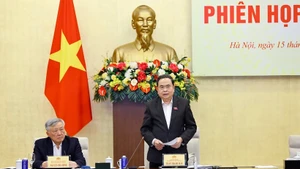The Congress adopted the Platform for national construction during the transition to socialism — the first time a Party Congress had approved such a Platform, outlining the fundamental viewpoints and directions for Viet Nam’s transition to socialism.
The Platform affirmed: Viet Nam advances toward socialism, bypassing capitalism. The socialist society that the Vietnamese people are building is one: Where working people are the masters; With a highly developed economy based on modern productive forces and public ownership of key means of production; With an advanced culture imbued with national identity; Where people are freed from oppression, exploitation, and injustice, work according to their abilities, enjoy according to their labour, and live in prosperity, freedom, and happiness, with conditions for comprehensive personal development; Where all ethnic groups in the country are equal, united, and help one another progress; And which maintains friendly and cooperative relations with peoples of all nations in the world.
The political report presented at the Congress set forth the overall goal for the 1991–1995 period: To overcome difficulties and challenges, stabilise and develop the economy and society, strengthen political stability, curb negative phenomena and social injustice, and basically bring the country out of its current crisis.
The Congress also discussed and adopted the revised Party Statutes
The Congress elected the Party Central Committee, consisting of 146 members.
The Party Central Committee elected the Politburo of 13 members, and the Secretariat of 9 members.
Comrade Do Muoi was elected General Secretary of the Party.
The Mid-term National Conference of the 7th Party Congress took place in Ha Noi from January 20 to 25, 1994, with the participation of 647 delegates from 64 Party organisations nationwide.
The Conference reviewed the implementation of the 7th Congress Resolution, summarised the practical outcomes of renovation since the 6th Congress, clarified certain issues in the socialist-oriented development process, and identified key policies and solutions to successfully carry out the 7th Congress Resolution.
The Conference also added 20 new members to the Party Central Committee.
(Compiled from: Complete Collection of Party Documents; tulieuvankien.dangcongsan.vn)
GENERAL CONTEXT
1989–1990: Collapse and transformation of socialist regimes in Eastern Europe.
1991: Dissolution of the Soviet Union; the global socialist system disintegrated, and socialism entered a downturn.
June 24–27, 1991: The 7th Congress adopted the Platform for national construction during the transition to socialism.
January 20–25, 1994: The Mid-term National Conference summarised renewal practice.
1991–1995: The economy recovered and developed; GDP grew 8.2% per year on average.
DOMESTIC SITUATION
After nearly five years of implementing the Party’s renewal policy, Viet Nam achieved important initial results. However, numerous difficulties and weaknesses remained — the country had not yet escaped the socio-economic crisis, and many urgent issues persisted.
Achievements: GDP grew at 8.2% annually, inflation was curbed, agriculture expanded, and Viet Nam became the world’s third-largest rice exporter.
Goals for 1991–1995: Control and reduce inflation, create jobs, stabilise and improve living standards, reform organisation and personnel, ensure national defence and security.
Economic embargoes and blockades had not yet been lifted. Viet Nam faced sabotage from hostile forces both at home and abroad.
INTERNATIONAL SITUATION
The socialist system experienced a deep and comprehensive crisis; the Soviet Union’s reform efforts faced difficulties.
Hostile forces intensified their attacks against socialism, Marxism-Leninism, and communist parties, aiming to abolish socialism. The Cold War ended; major powers adjusted their strategies toward détente and cooperation.
Viet Nam faced increased pressure from hostile forces seeking to use “peaceful evolution” to undermine socialism.
